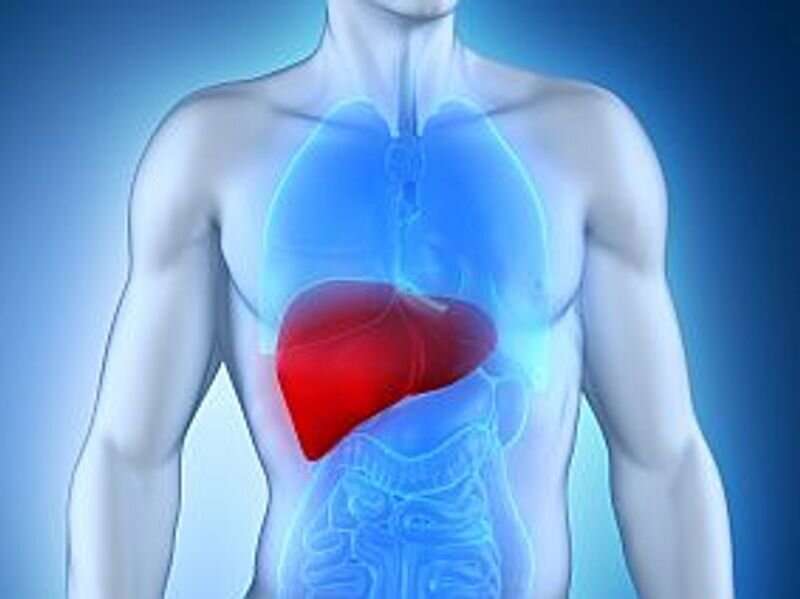(HealthDay)—A model that uses routine primary care data can predict the risk for advanced liver disease, according to a study published online Feb. 11 in BMJ Open.
Theresa Hydes, Ph.D., from the University of Southampton in the United Kingdom, and colleagues developed and validated an algorithm (CIRRhosis Using Standard tests [CIRRUS]) to predict advanced liver disease using data widely available in primary care. The development data set included 16,967 individuals who underwent an upper gastrointestinal endoscopy (2005 to 2016), and model validation occurred using data from the University Hospital Southampton (UHS; 394,253 primary and secondary care) and the Care and Health Information Exchange (CHIE; 183,045 primary care).
The researchers found that 931 first serious liver events (SLEs) were recorded (5.5 percent) in the development data set. CIRRUS detected cirrhosis or portal hypertension with an area under the curve (AUC) of 0.90. SLEs were detected in 3,044 individuals in the UHS validation cohort (0.8 percent) and 1,170 individuals in the CHIE cohort (0.6 percent). CIRRUS predicted a first SLE within five years in the UHS cohort with an AUC of 0.90 continuous and AUC of 0.88 categorized (crimson, red, amber, green grades). For the CHIE cohort, the AUC was 0.84 and 0.83, respectively. A crimson/red cutoff predicted a first SLE in patients with a specified liver risk factor (alcohol, diabetes, viral hepatitis) with a sensitivity of 72 percent in the UHS cohort and 59 percent in the CHIE cohort; a specificity of 87 and 93 percent, respectively; a positive predictive value of 26 and 18 percent, respectively; and a negative predictive value of 98 and 99 percent, respectively.
"Identification of individuals at risk of advanced liver disease within primary care using routinely available data may provide an opportunity for earlier intervention and prevention of liver-related morbidity and mortality," the authors write.
One author disclosed financial ties to the pharmaceutical industry.
More information: Abstract/Full Text
Journal information: BMJ Open
Copyright © 2020 HealthDay. All rights reserved.
























